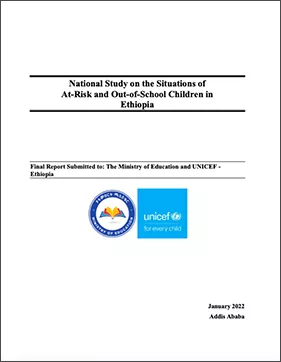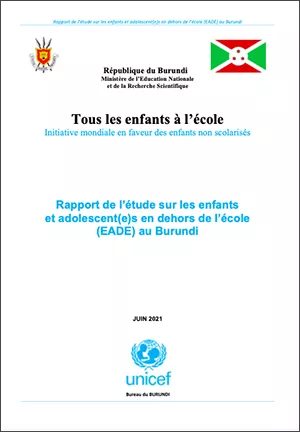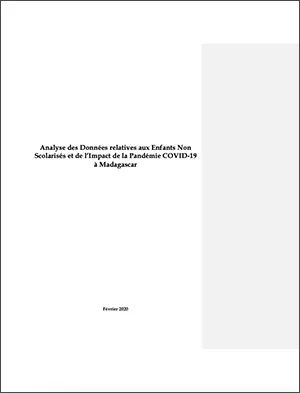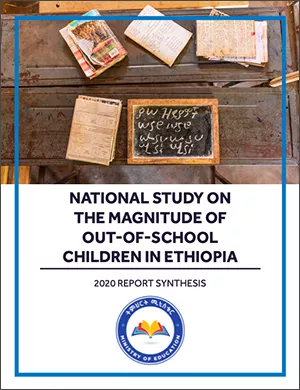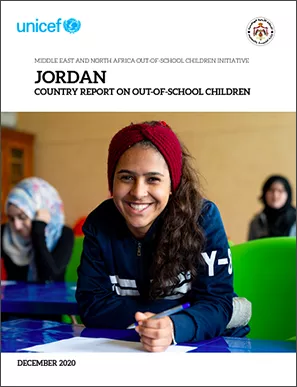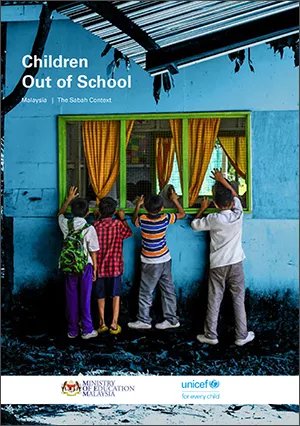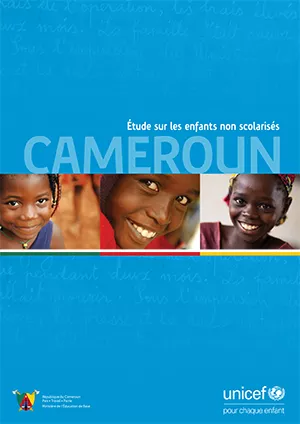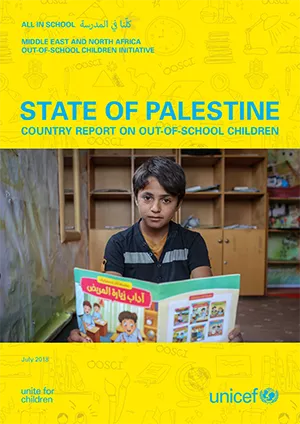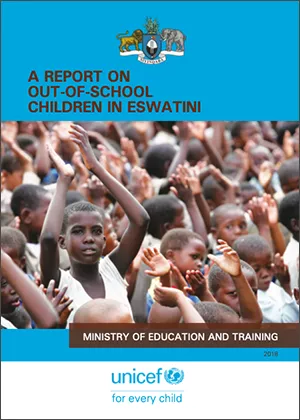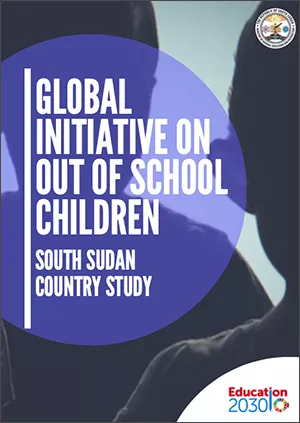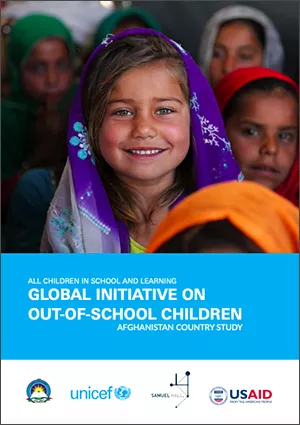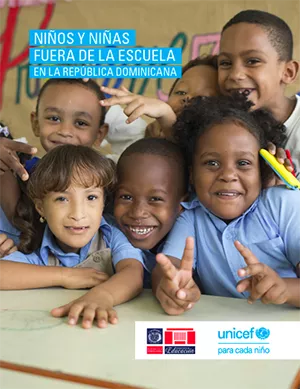Page
Country studies on out-of-school children
These reports offer analytics and insights, such as enrolment trends, profiles of out-of-school children, econometric analysis, barriers to schooling, and contextualized policy recommendations
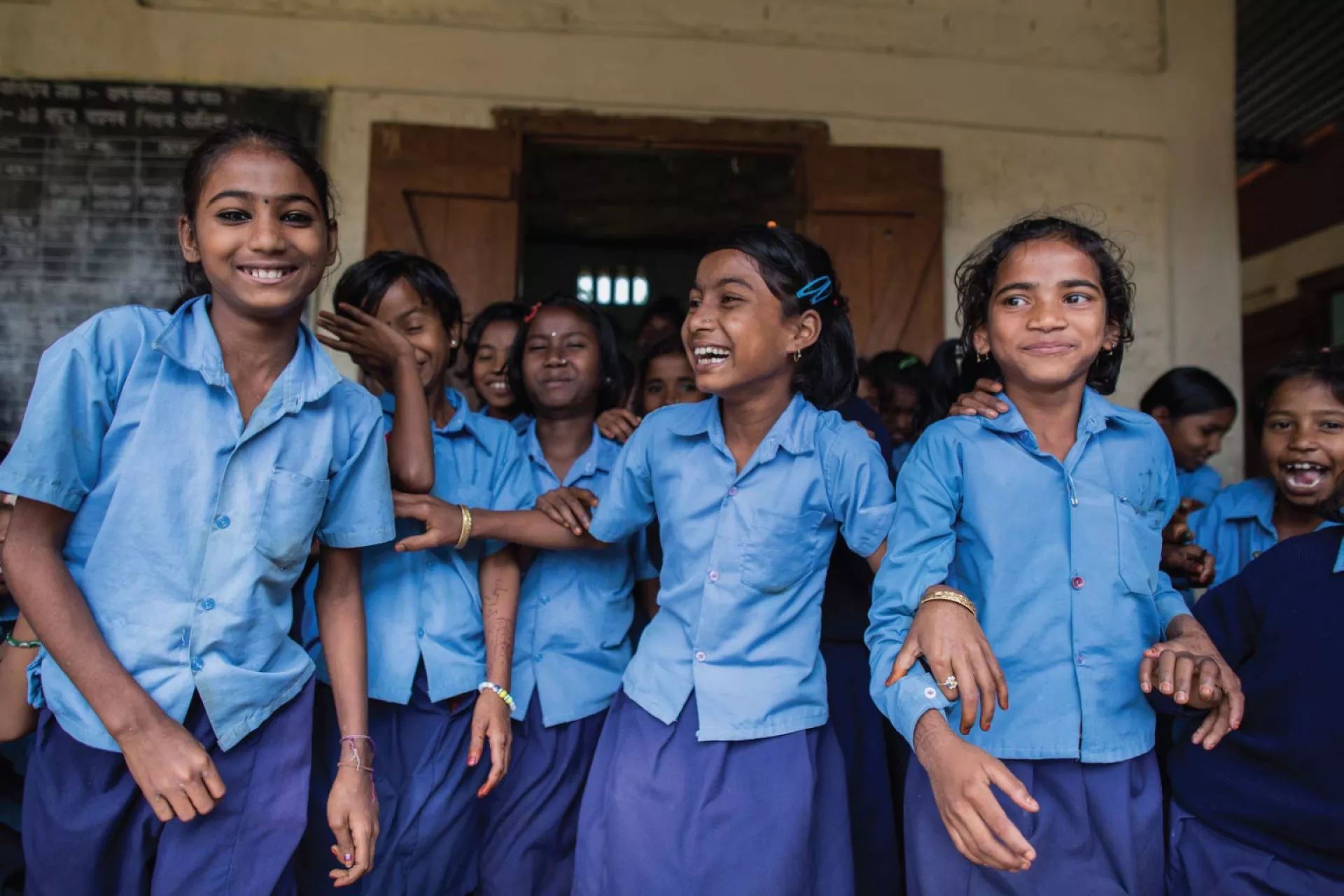
Country study findings are underpinned by quantitative data and are envisaged to stimulate education policy dialogue amongst stakeholders and strengthen evidence-informed and equity-focused education planning and programming.
We hope that these reports help governments and partners to better target and support the most vulnerable children for inclusive and equitable quality education.

